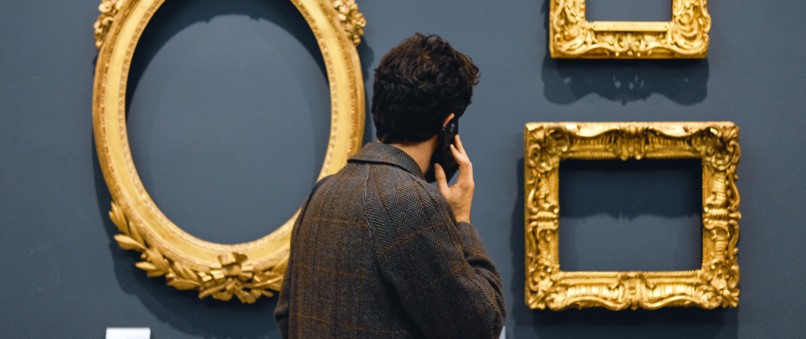
An effective marketing approach helps cultural organisations understand their audiences, develop loyal relationships with them, design a stronger positioning, promote and drive visits and donations and, eventually, helps build authority and credibility. To achieve this, cultural organisations need to learn how to set goals that are SMART (Specific, Measurable, Achievable, Relevant and Time-based) and to design a segmentation strategy that will help them achieve a positioning that is relevant and meaningful for their target audiences.
Research Fellow at the Department of Management and Knowledge Transfer Office at Ca’ Foscari University of Venice (Italy), Marketing Director at M9 Museum of the 20th Century in Venice, Consultant in the field of Marketing & Communication, Design Thinking, and Internationalisation, Co-Founder of the storytelling platform and production boutique Creative Pois-On LLC, New York (USA). Her research interests and work focus on Entrepreneurship, Innovation, Urban Studies, Digital storytelling and Creativity as a means to develop innovative and unconventional business ideas. She was part of the team that was awarded with the Communicator Awards of Distinction in 2015 for the category “Mobile” for the creation, design, implementation of the mobile experience for a Satellite TV Service in the United Kingdom, and the Retail System Awards-Mobile Retailer of the Year in 2013 for the design, implementation and communication approach for a fashion mobile experience in the United States. A US Forbes contributor until 2020, she is the author of several articles that explore how creativity and business can work together.
